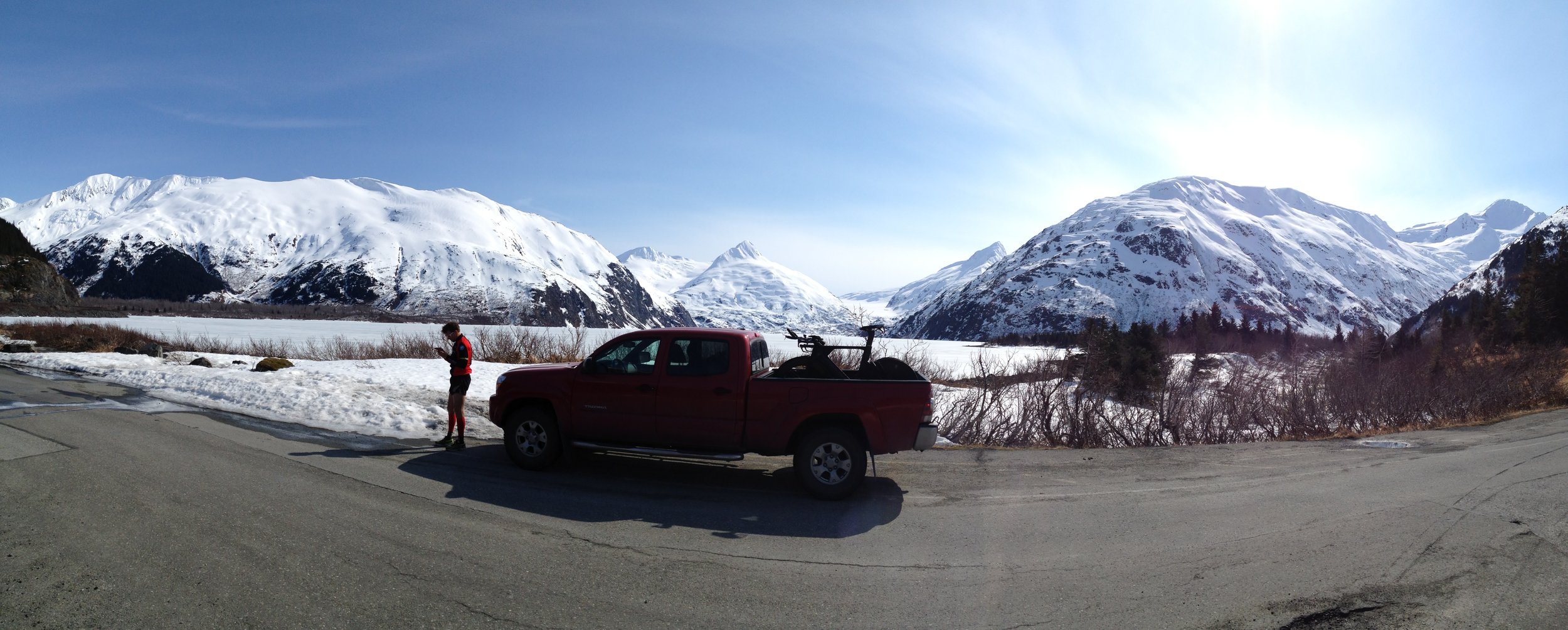You’ve been on your trainer all winter and you’re just dying to get out as the salt washes off the roads and the ice turns to mud. There’s only so much Zwift an athlete can handle! Northern triathletes and cyclists ride four to eight weeks in the spring and fall in temps ranging from 30F (0C) to 50F (10C). And there’s often rain, sleet and snow thrown into the mix to keep things interesting. But fear not! There is no bad weather, just bad gear. Go prepared, and you’ll enjoy your ride! Go unprepared, and both you and your riding pals with suffer misery.
Here are some of our favorites for cold weather riding gear by body part and some general tips for staying warm:
Legs: A key to riding in the cold is keeping your legs, and particularly your knees, warm. Pros won’t ride with their knees uncovered until temps are over 55F (12C). Follow their lead and cover up. Your knees have zero cold protection. As such, any combination of the following will do:
Tights or long bike bib tights. Your regular bike kit with run tights over or under them will work. If your budget allows, purchase bib tights. You’ll use them 8-10 weeks of the year. Any brand will do. We love our Castelli and Assos bib tights.
Leg warmers, which are more versatile than tights but not as warm.
Knee warmers. When the temps are hovering in the 50s, these will be sufficient. Start with them on a cool morning and shed them as the temps hit the upper 50s and above.
Upper body: Nearly all spring/fall conditions require a long-sleeved base layer and decent bike jacket. It doesn’t have to be fancy, but think wool or synthetic warm base layer and a breathable jacket on top. If the temps are really cool, a vest underneath the jacket is a warm addition and can be shed later (or lent to a friend who didn’t bring the proper layers). There’s no need to buy a specific bike base layer, because you probably have a running or hiking layer that will do. A breathable cycling jacket with back pockets will be useful for 8-10 weeks of the year.
Arms: You can put on arm warmers, like leg warmers, at the start of a cool ride and shed them as the day warms. You will find them useful even in the summer for early morning starts or later afternoon finishes. This is a piece of gear you can use for 4-6 months of the year. Nearly any brand will do.
Feet: Here is where you go full pro. Protect your feet and your ride will be blissful even in the coldest temperatures! And conversely, there’s nothing like cold feet to ruin you ride. Don’t skimp on shoe covers; get the kind that fully cover your shoes and ankles. Toe covers are worthless. Castelli makes a bunch of warm shoe covers with neoprene. Neoprene will also keep your feet warm on rainy days.
Pro tip: Get ski shoe covers for riding on very cold days like these from Yoko. Yoko Boot Cover
Hands: Don’t skimp, get warm gloves. You’ll rarely regret warm gloves. Like cold toes, cold fingers can make a ride really unpleasant. When in doubt for buying gloves, buy the warmer pair.
Pro tip: Get a pair of Kinco leather insulated gloves - warm and very economical.
Ears / Head: A hat and/or headband is crucial. Nearly anything will do, but make sure your helmet fits over the top of it. Again, look at what you already have for running and hiking and you will probably have something that works. If you don’t have a hat that fits under your helmet, a headband will cover 99% of the requirement.
Pro tip: A neck gaiter will keep your neck and face warm. You can pull it over the top of your helmet for extra warmth or put around your ears if you forget your hat or headband. It’s worth always having one in your bike bag.
Bike bag: Any big bag will do. Put all of the above in your bike bag. Staying organized is key. When you go for a ride, it will all be one place. A big bag provides no excuses and centralization. And more than 50% of the time, you’ll hand out gear to your riding pals who weren’t as squared away as you. Be a cold weather riding hero!
Also… don’t forget to drink and eat regularly! Your sense of thirst isn’t as strong during cold rides, but you are still dehydrating as you go. Drink and eat like you would on hot rides. You won’t stay warm if you become dehydrated and hungry (and you’ll ride like junk).
Have questions about cold weather riding? Contact Us!

